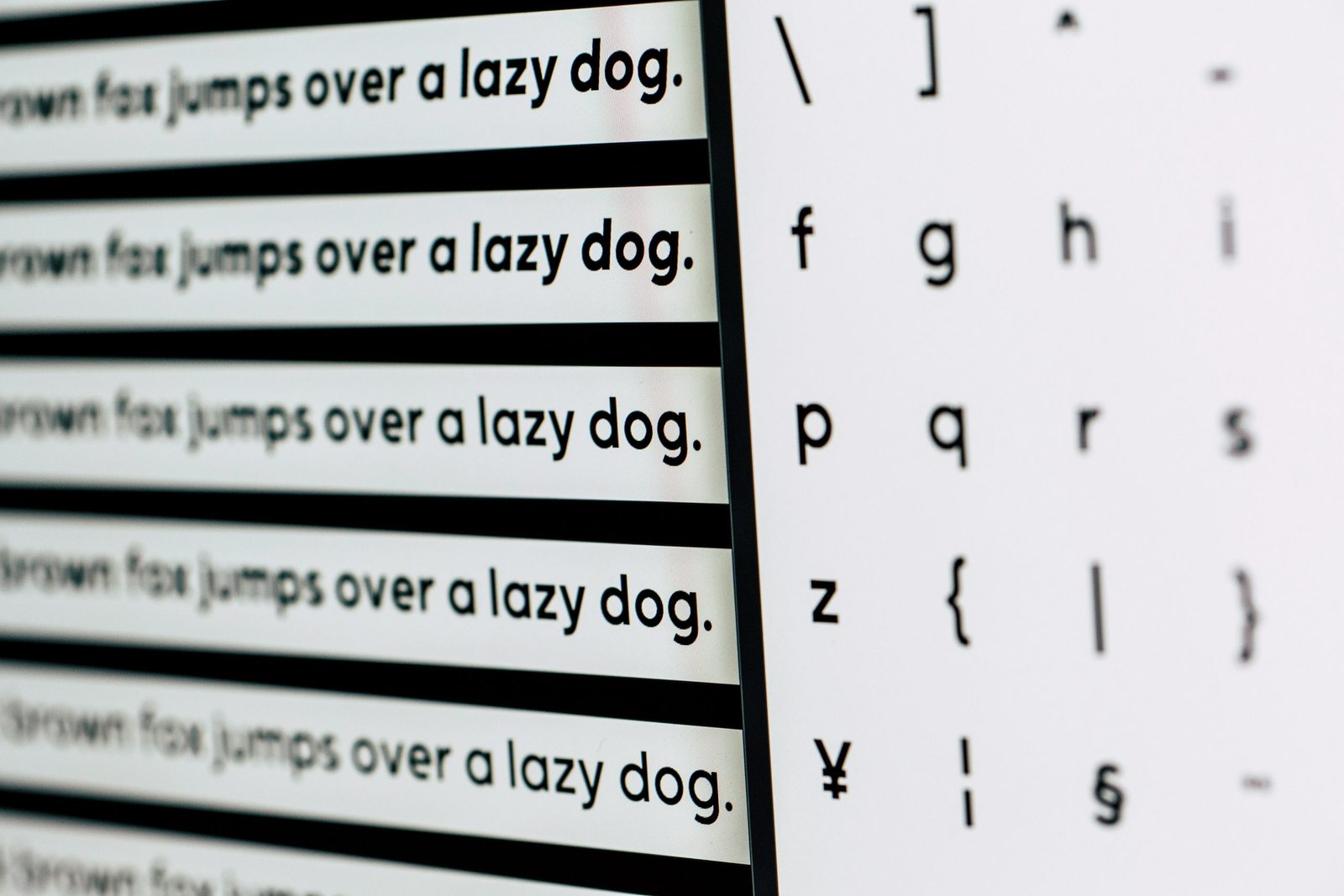The Role of Typography in Web Design: Tips for Choosing Fonts That Enhance User Experience

Typography is a cornerstone of web design, influencing not only the visual appeal of a website but also its readability, usability, and brand identity. From headline fonts that grab attention to body text fonts that ensure legibility, choosing the right typography is essential for creating a cohesive and engaging user experience. In this blog post, we'll explore the role of typography in web design and provide tips for selecting fonts that enhance user experience and convey your brand's personality effectively.
Typography plays a crucial role in establishing hierarchy and guiding users through the content of a website. By choosing fonts with distinct styles, weights, and sizes, designers can create visual contrast and emphasize important information, making it easier for users to scan and digest content. Additionally, selecting fonts with good readability characteristics, such as appropriate line spacing and letter spacing, ensures that users can comfortably read and comprehend text without straining their eyes.
Furthermore, typography plays a significant role in conveying brand identity and personality. Just as colors and imagery evoke emotions and associations, fonts can communicate specific traits and values associated with a brand. For example, serif fonts may convey a sense of tradition and elegance, while sans-serif fonts may project a more modern and minimalist aesthetic. By choosing fonts that align with your brand's identity and messaging, you can reinforce brand recognition and create a cohesive visual identity across all touchpoints.
When selecting fonts for your website, it's essential to consider both aesthetic and functional factors. While decorative fonts may be visually appealing, they may not always be suitable for body text due to readability concerns. Similarly, while web-safe fonts ensure consistent rendering across different devices and browsers, they may lack the distinctive character of custom fonts. By striking a balance between aesthetics and functionality, you can choose fonts that not only enhance the visual appeal of your website but also improve usability and readability for your users.
In conclusion, typography plays a multifaceted role in web design, influencing everything from visual hierarchy and readability to brand identity and personality. By understanding the principles of typography and applying them thoughtfully to your website, you can create a visually stunning and user-friendly experience that captivates and engages your audience.